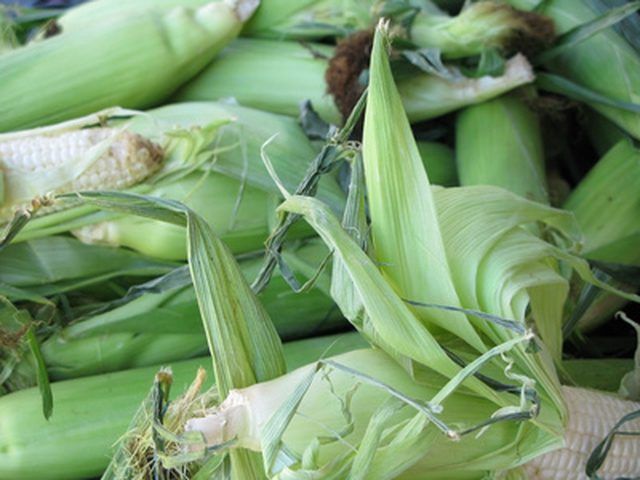Bulbs
Flower Basics
Flower Beds & Specialty Gardens
Flower Garden
Garden Furniture
Garden Gnomes
Garden Seeds
Garden Sheds
Garden Statues
Garden Tools & Supplies
Gardening Basics
Green & Organic
Groundcovers & Vines
Growing Annuals
Growing Basil
Growing Beans
Growing Berries
Growing Blueberries
Growing Cactus
Growing Corn
Growing Cotton
Growing Edibles
Growing Flowers
Growing Garlic
Growing Grapes
Growing Grass
Growing Herbs
Growing Jasmine
Growing Mint
Growing Mushrooms
Orchids
Growing Peanuts
Growing Perennials
Growing Plants
Growing Rosemary
Growing Roses
Growing Strawberries
Growing Sunflowers
Growing Thyme
Growing Tomatoes
Growing Tulips
Growing Vegetables
Herb Basics
Herb Garden
Indoor Growing
Landscaping Basics
Landscaping Patios
Landscaping Plants
Landscaping Shrubs
Landscaping Trees
Landscaping Walks & Pathways
Lawn Basics
Lawn Maintenance
Lawn Mowers
Lawn Ornaments
Lawn Planting
Lawn Tools
Outdoor Growing
Overall Landscape Planning
Pests, Weeds & Problems
Plant Basics
Rock Garden
Rose Garden
Shrubs
Soil
Specialty Gardens
Trees
Vegetable Garden
Yard Maintenance
How Do Farmers Harvest Corn?
How Do Farmers Harvest Corn?. In terms of volume of production and value of harvest, corn is the most important field crop in the United States. It is found in a huge percentage of packaged consumer food products, and is also a main component in many animal feeds. The "Corn Belt" refers to the states that produce the most corn, including Iowa,...

In terms of volume of production and value of harvest, corn is the most important field crop in the United States. It is found in a huge percentage of packaged consumer food products, and is also a main component in many animal feeds. The "Corn Belt" refers to the states that produce the most corn, including Iowa, Illinois, Nebraska and Indiana.
Harvest Time
Unlike some fruits that continue to ripen after harvesting, corn must be at the greatest ripeness possible, while still allowing ease of mechanical harvest and minimizing damage to the kernels during processing. If the corn is not ripe enough, the product will be less than stellar as a fresh consumer good or raw material. A too-ripe crop increases the risk of kernel damage and loss to rot and insects.
Moisture Content
Part of optimum ripeness determination lies in testing the kernel moisture content. The farmer hand picks several ears of corn, shells them and tests a few times out of the mixed kernels. Alternatively, she harvests a small portion of the grain with a combine, mix the kernels and test a few random samples. Harvesting of corn should take place at 15 to 18 percent moisture content, according to the University of Arkansas. The recommended moisture content at harvest-time varies depending on climate and corn sale trends.
Combine Harvester
A combine is a machine that harvests grain of all kinds, and there's specific kind used for corn. The corn is threshed by the combine, and the corn husks are discarded onto the ground. Then the grain is temporarily stored in a chamber inside the combine. Once the chamber is full, the grain is dumped into a truck bed or silo until it's sold.
Grain Drying
Corn can be dried further either in open air or in a drying room utilizing electric drying machines. The cost of the drying apparatus, as well as time and energy to dry, encourages many farmers to harvest as late as possible to ensure optimum dryness prior to harvest.
Selling Corn
Corn is taken to an elevator, where grain is communally stored. At the elevator, the truck is weighed prior to and following dumping the grain into the silo in order to determine the weight of the grain. From the elevator, the corn is sold to feed companies, corn syrup manufacturers and others.